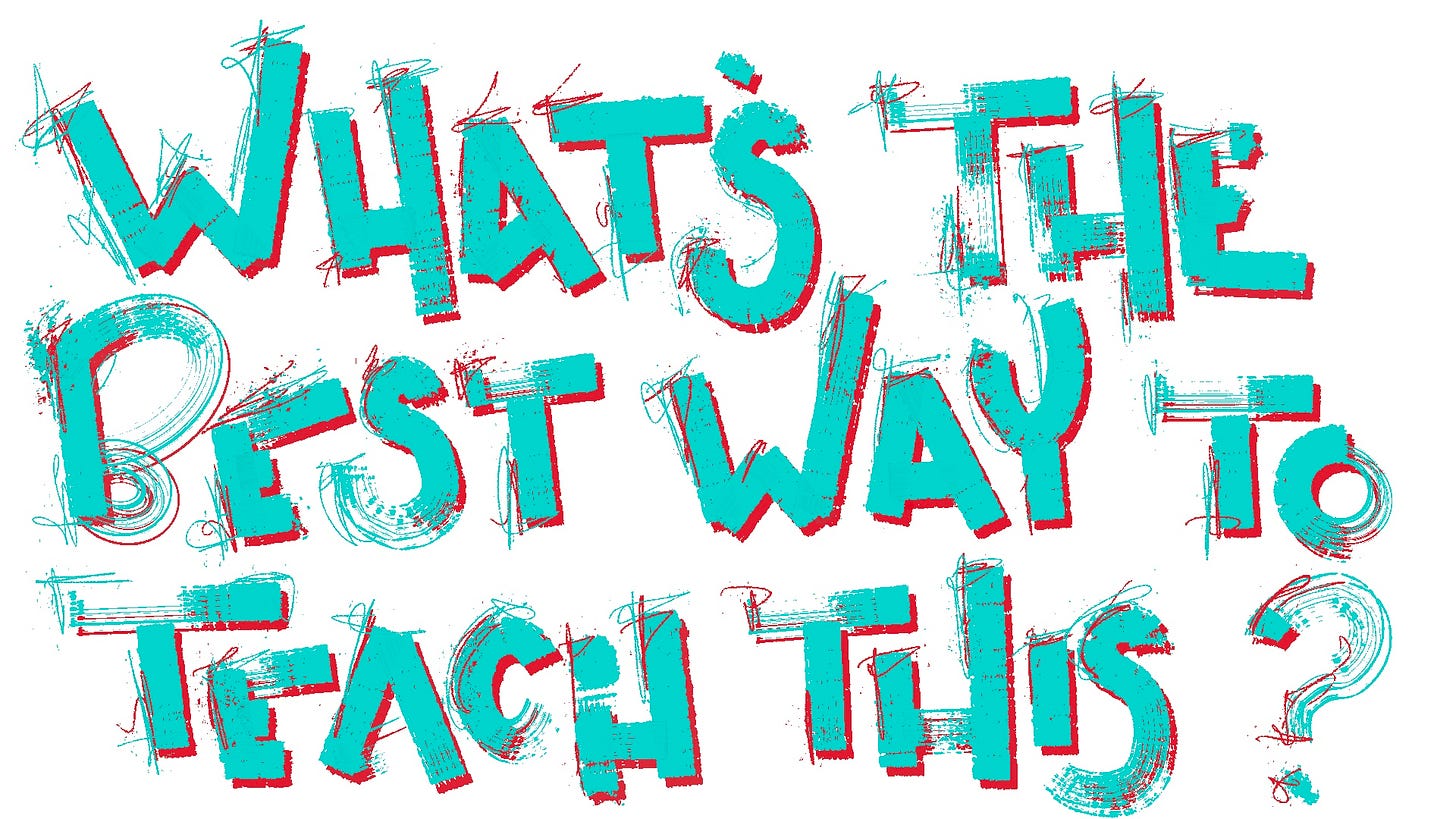What's the best way to teach this?
Surrounded by 37,000 screaming baseball fans at Minute Maid Park watching the Astros beat the NY Mets, I gently held my four year old son while he screamed for different reasons.
His nachos had cheese on them 😬
I had missed the memo about bringing him nachos with no cheese. I loosely held him while he kicked, screamed, and hit as I tried to help him take a few deep breaths. Now we were both frustrated. Fortunately, I held on and stayed calm and rode out a storm that lasted less than 10 minutes.
He stopped, apologized, and then sat in my lap as we watched the rest of the game. I didn’t go buy new nachos and I didn’t need to use force or intimidation.
Let’s go! Solid parenting moment!
Fast forward to later that evening—I’ve got three kids whining and arguing, when this same four year old hits me and then hits his brother. I don’t even think, I pushed him off me and onto the bed hard enough that it scared him and caused him to start crying—not tears of pain, tears caused by fear. Hopefully you’ve never experienced this but tears that come from fear are different than those caused by pain.
I can’t think of many things that feel worse than that. I don’t want my kids to ever look at me in fear.
I’ve been thinking about both of these teaching moments which led to this week’s question:
What’s the best way to teach this?
When I responded to my son’s frustration with anger and an out of control physical response I taught him that when you feel frustrated you can respond with anger and physical force.
🤦🏻♂️
The exact opposite of what I was hoping to teach.
It’s cliche but true—actions speak louder than words.
In that moment of lost control, I taught him more than in my explanations and lessons about how to respond when we feel frustrated.
Whether you’re a parent teaching a child, a teacher in a classroom, a leader of a team, or you’re in some other teaching role, it’s worth pausing to reflect on whether your approach is working.
Like everything else we’ve talked about here over the last few years, a few questions can help you create an intentional path to where you’re trying to go. It doesn’t make it easier to do in the moment but it does give you a guide to follow. Here’s a few questions that can help you make sure you’re teaching the right lesson in the right way:
Who’s being taught?
It’s obvious but not always easy to remember—audiences benefit from individual messaging tailored to them. We don’t always do this because it takes time but if you want the best results start thinking about individual impact.
What do they need to learn?
I first wrote this question as, “what do you want to teach?” The lesson should be more about what the learner needs and not just what the teacher wants to teach. Do you know the individual well enough to know what they need?
What’s the best way to teach this?
Once you know the learner and know what they need to learn you need to figure out the best way to help the lesson hit the mark. And this might take more than one try to figure out (and that’s ok).
What’s the best time to teach this?
I make this mistake regularly—someone is melting down and I begin talking about the importance of understanding emotions and focusing on what’s in our control. The content is right but when someone is highly emotional or has lost control they don’t need a lesson, they need someone to help them get back to their baseline first.
Trying to ask and answer all of these questions in the moment when emotions are elevated and the situation is unfolding isn’t easy. But so many of the events in our lives are more than just singular occurrences. This may come as a surprise but WIll’s meltdown was not his first 😂 And there will be more to come in the days and weeks ahead.
That’s why we plan.
Think about some of the teaching moments that regularly occur in your life. Have you created a plan for handling some of these recurring situations that will allow you to maximize your impact?
Keep Asking,
Kyle



